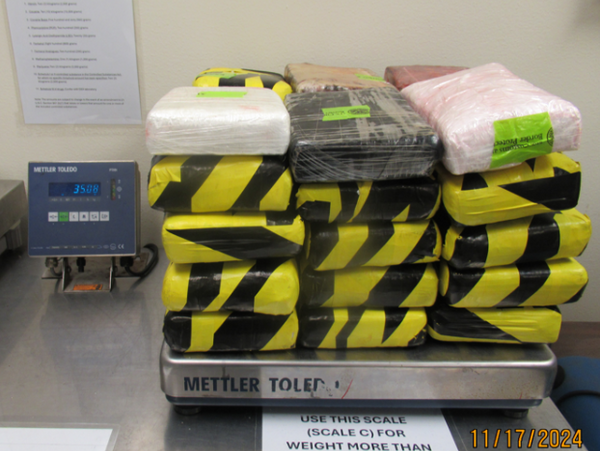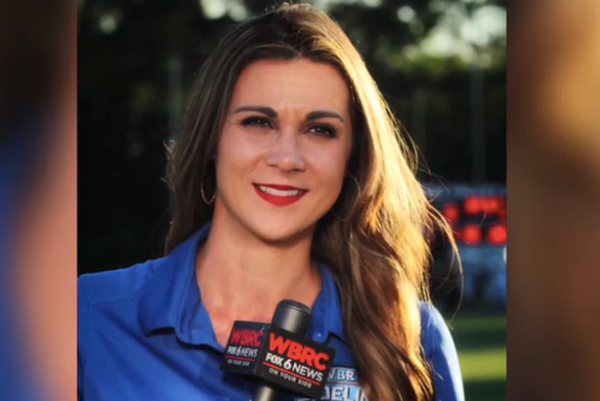
We've just come out of the bicentenary year of the National Gallery, crossing the threshold into our third century, and we've been thinking a lot about the future. In part, this lies in developing a building a called St Vincent House at the back of the gallery, which was acquired in the late 1990s for development.
Now two donations of an astonishing scale and of huge importance, totally £375m, are enabling us develop St Vincent House and take on the future. The new wing on the site will allow us to grow and develop the collection, but it also has great symbolic value. It's about London’s importance as a culture capital.
We sit on Trafalgar Square, but the area immediately behind us, where St Vincent House sits and which leads to Leicester Square is a bit sad and anonymous. There's great potential for developing an Arts Quarter – which is a proposal sponsored by Westminster council - with the Gallery playing a leading role in this.
We have just announced the architectural competition for this new wing, knowing what significant impact new architecture can have. We're certainly hoping for a very striking building, a building that adds to the very distinguished estate of the Gallery: from William Wilkins designing the main building, to latest re-presentation by Annabelle Selldorf of the Venturi-Scott Brownb Sainsbury Wing, which is now the main entrance. But the opportunity to do something beautiful for the urban fabric of this part of Westminster as well, is thrilling.
Sometimes Trafalgar Square has a bit of a bad name because of everything that goes on in the square, including demonstrations, which means people sometimes want to keep away at weekends. I think there's a possibility to make this bit of town very attractive to families, and bring a new focus to it.
I think what's really significant is that with these great donations is there is a guarantee that this will happen. Each of these donations is bigger than any donations made to a made to a museum before, and that’s worldwide.
One is from Crankstart, which is the foundation established by Sir Michael Moritz and his wife Harriet Heyman, and the other is the donation from the Julia Rausing Trust. On top of that, there’s a very significant, expression of pledge of support from the National Gallery Trust and our own chairman, John Booth.
It’s unprecedented, and is a great demonstration of confidence in the National Gallery as an institution, and also a great expression of confidence in the city.
We know that London is a great world centre for artistic culture, we've got some of the greatest museums in the world, and this vote of confidence in public museums, as represented in the National Gallery, is to be hugely celebrated.
Museums play a role in forming the kind of society we want to be
I've been coming to the gallery since I was seven years old, I'm now nearly 60, and I don't think it’s ever look so beautiful. Since we reopened after the Sainsbury Wing revamp on the 10th of May, our visitor numbers are up 60 per cent. There's a real energy here in this bit of London which I hope is infectious.
The Tate Modern transformed that entire area on the Southbank, and look at what's going on in the in East London with the V&A and other museums that are developing their facilities there. Right here in the very heart of London, we can play a similar role.
Art galleries have become more complex places. They do more things than ever before, and have a big responsibility to share their work more widely beyond their own spaces, including in the digital world. I think museums have been very skillful in adapting to new circumstances and responding to societal change and the social demands made of them.
But we've also been thinking a lot about the National's origins. We opened in 1824 as a museum which intended to bring people together in front of great works of art. That's what we've been doing for two centuries, and this new project will enable us to do that in more imaginative ways as well.
Our museums are about who we are and who we aspire to be. They help us to understand the past, and they help us to understand our place in a complicated and fragmented world. They play an important role in in education, and they play a role in forming the kind of society we want to be.
These are places we can be immensely proud of as citizens, and they're very attractive to visitors from outside. People come to London because there is an amazing cultural offering. This city remains an extraordinary magnet and we will help continue that in the future.
Sir Gabriele Finaldi is the director of the National Gallery.







